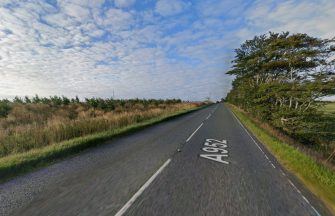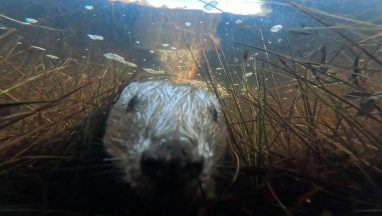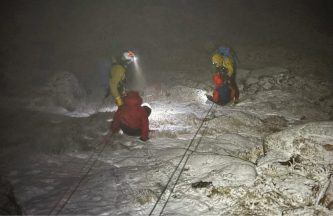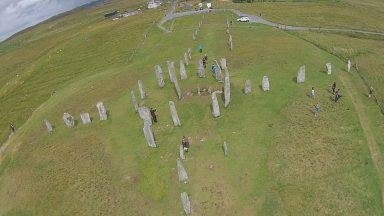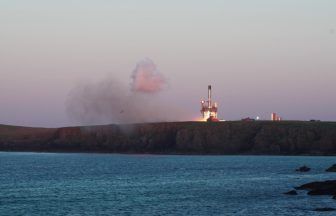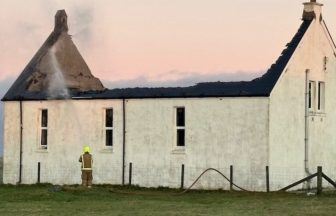The population of capercaillie in Scotland has fallen to critically low numbers, a new study has shown.
With only 542 left in the country, the bird’s UK population is believed to be on the brink of extinction.
Numbers have dropped by around 50% since the last survey was conducted six years ago, making this the first time the population had dipped below 1,000.
Capercaillie are the world’s largest grouse and populations range from Iberia in the southwest of Europe to Siberia and Mongolia in Central Asia in temperate and boreal forest.
The UK population is only found in Scotland, mostly in Scots Pine forests that have a rich growth of blaeberry on the forest floor.
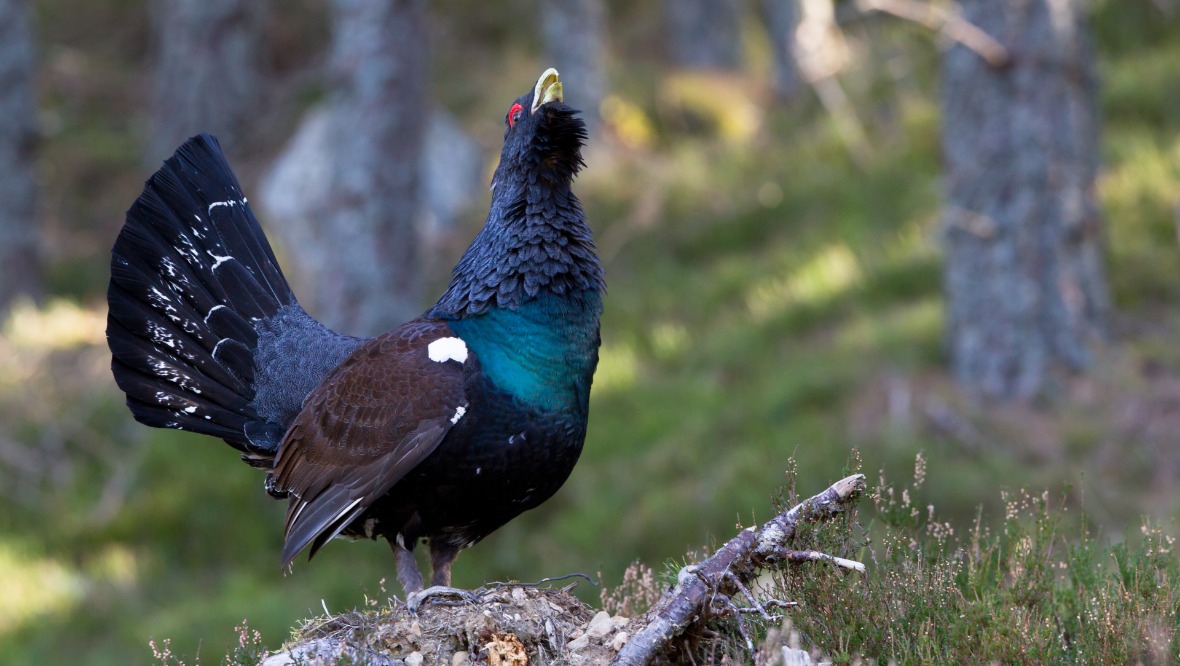 iStock
iStockConservation scientists say the decline is being fuelled by a combination of factors which reduce capercaillie survival and breeding success.
Chief among these is cold, wet spring weather which impacts the fitness of female birds before breeding season, along with predation and a habitat which is fragmented in places despite ongoing work to enhance it.
Experts are calling on agencies to work together to try to help the birds.
“This up-to-date estimate of capercaillie numbers reveals just how vulnerable the population in Scotland is,” said Nick Wilkinson, conservation scientist at RSPB Scotland.
“Previous surveys have seen numbers fluctuating between around 1,000 and 2,000 birds so it’s really worrying that the results from last winter indicate there are only an estimated 542 individuals remaining now.
“These results will help focus efforts on where action should be targeted to help capercaillie by identifying their strongholds and where the most impact can be made for them.”
This – the sixth-ever survey – was conducted between November 2021 and March 2022, and found that Cairngorms National Park is estimated to hold 85% of the total population.
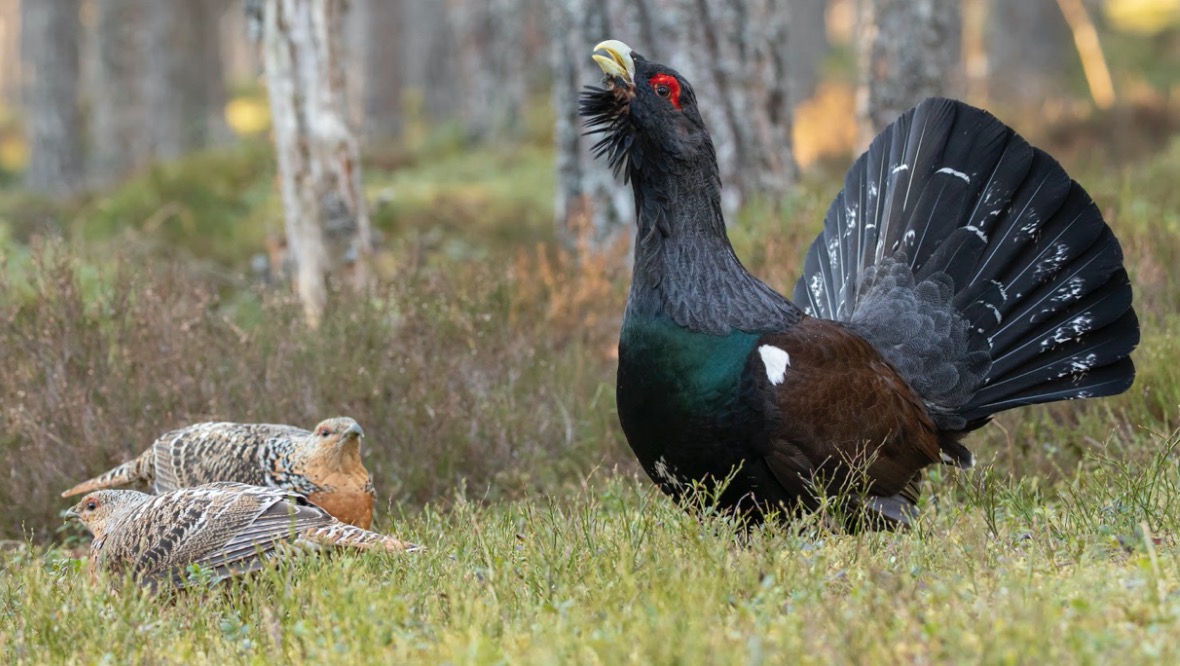 iStock
iStockThe survey was funded by RSPB Scotland, NatureScot, Cairngorms National Park Authority, Cairngorms Capercaillie Project, Forestry and Land Scotland, and Scottish Forestry, with RSPB Scotland undertaking the fieldwork and scientific analysis of the results.
It comes after a study by the NatureScot Scientific Advisory Committee (SAC), published in February, warned the bird is likely to become extinct again in the UK within two to three decades if the current trend in population decline continues.
Andy Douse, NatureScot ornithology adviser, said: “It’s clear that the future of capercaillie in Scotland is extremely vulnerable.
“We recognise the urgency of the situation and the need to accelerate the partnership work that’s necessary to tackle threats to the species.
“This will require conservation agencies joining forces with landowners and local communities to step up action required to halt the decline, including building on the current Cairngorms Capercaillie Project, an innovative community-led capercaillie conservation project, with the Cairngorms National Park Authority.”
Survey partners will be working with the Scottish Government to develop a strategy to reverse the decline, with a particular focus on the Cairngorms National Park area.
Andy Ford, director of nature and climate change at the Cairngorms National Park Authority, said: “The results from the national survey are deeply concerning and we must all come together to decide what additional, swift actions can be implemented now to halt any further decline.”
A Scottish Government spokesman said: “The results of the latest national survey are deeply concerning, despite the efforts made to enhance capercaillie habitats.
“As work continues to support capercaillie on the ground, we will also be working with partners to develop the most appropriate approach, in light of this new data and NatureScot’s Scientific Advisory Committee review.”
Follow STV News on WhatsApp
Scan the QR code on your mobile device for all the latest news from around the country


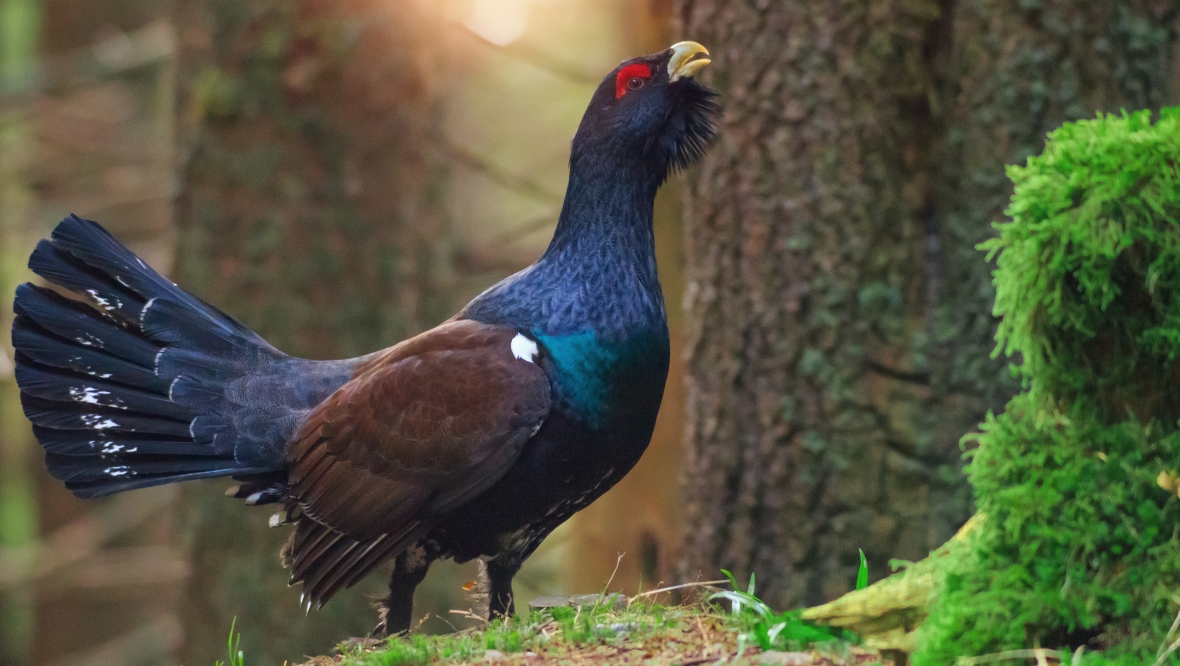 iStock
iStock





